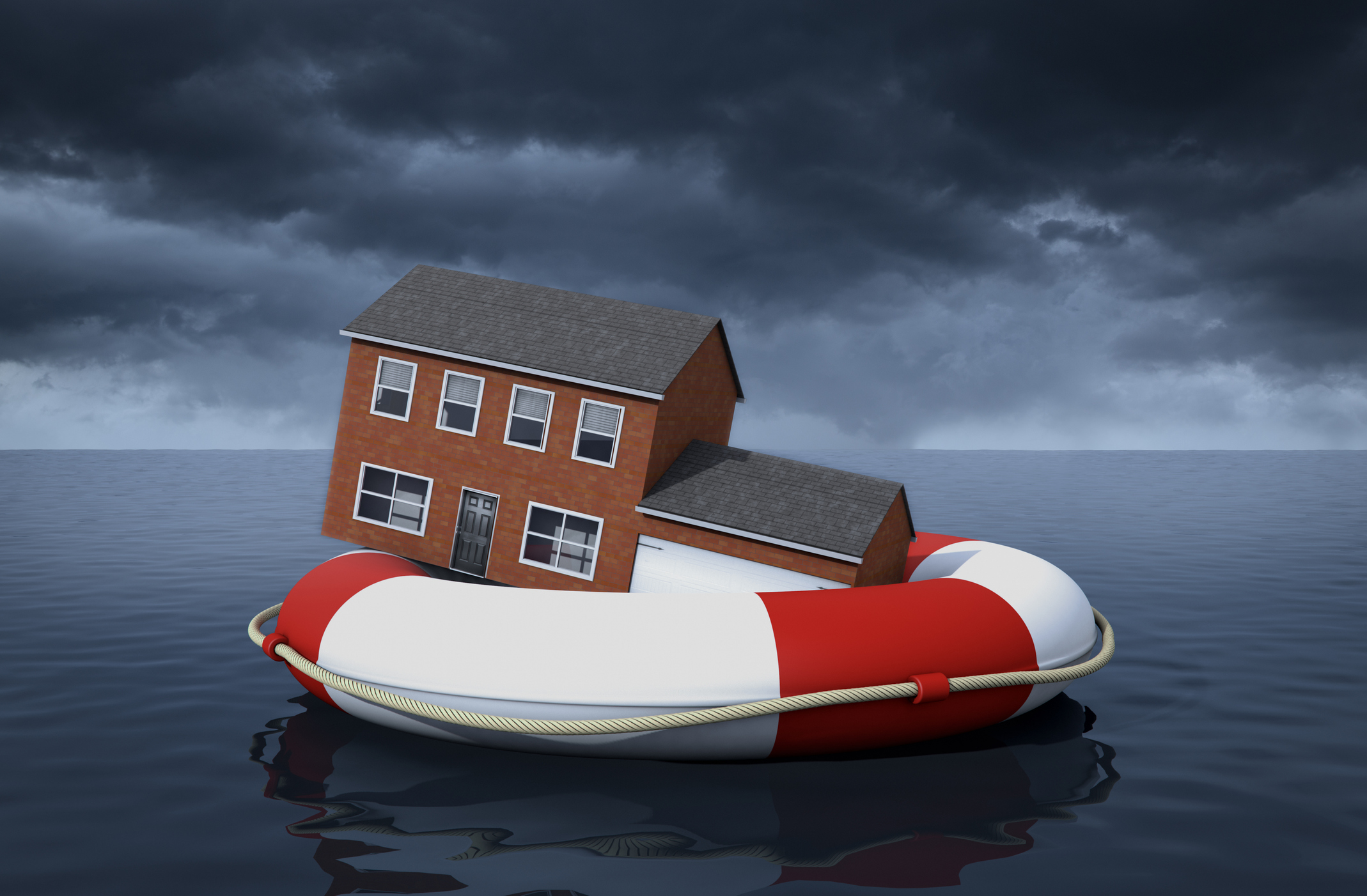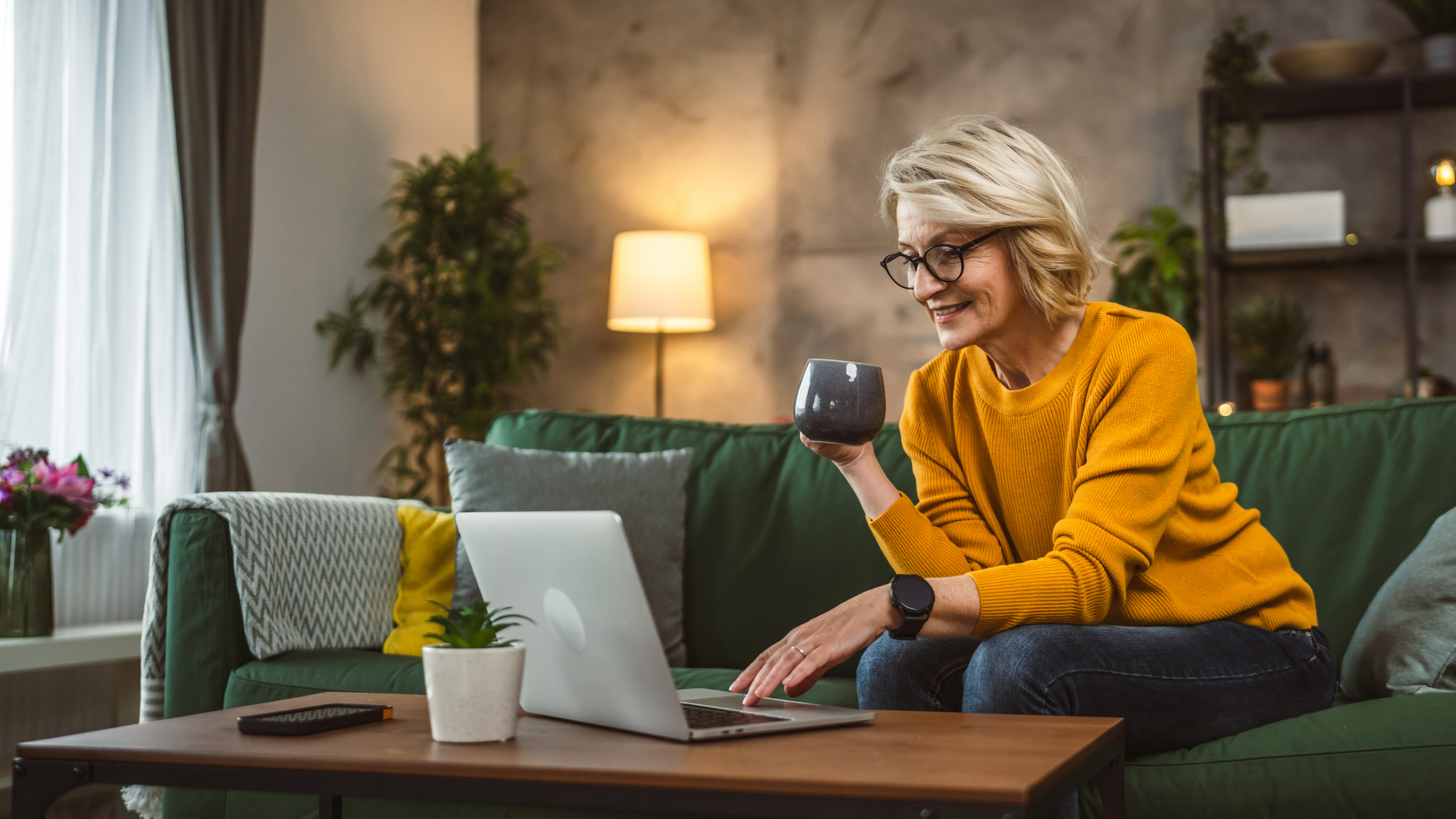What Is Life Insurance? Choose the Type That's Right for You
What is life insurance? Life insurance can financially protect your loved ones after you pass away. Here's what you need to know about the different types.

What is life insurance? Life insurance is a legally binding contract between you and an insurance company. In exchange for premium payments (and if your policy is active when you die), the insurance company will pay a lump sum of money — referred to as a death benefit — to your chosen beneficiaries. It's one way to make sure your loved ones are financially protected after you pass away.
However, not all life insurance policies are the same. To best help your family cope financially when you pass, you'll need to choose a policy that's right for you, and to do so you'll need to understand the different types of life insurance.
There are two main types of life insurance: term and permanent.

Sign up for Kiplinger’s Free E-Newsletters
Profit and prosper with the best of expert advice on investing, taxes, retirement, personal finance and more - straight to your e-mail.
Profit and prosper with the best of expert advice - straight to your e-mail.
Term life insurance
Term life insurance covers you for a set period of time, usually 10, 20 or 30 years. If you die within this time frame, your beneficiaries will be paid the amount specified in the policy. However, if you outlive your policy, no one receives a pay out. Term life insurance is typically the cheapest option for life insurance, and has no cash value component. There are a few types of term life insurance policies.
- Renewable term insurance: According to the National Association of Insurance Commissioners (NAIC), "renewable term insurance guarantees the policyholder the right to renew at the end of the contract period without evidence of insurability as long as the premium is paid."
- Decreasing term insurance: With a decreasing term policy, coverage decreases over the life of the policy at a set rate. This form of insurance can be useful for paying down loans, like a mortgage, that decrease over time.
- Convertible term insurance: A convertible term insurance policy allows an individual to convert a term policy to a permanent policy.
Permanent life insurance
Permanent life insurance as the name suggests, covers you for the remainder of your life — as long as you keep up with the premium payments. Although more expensive than term life policies, permanent life insurance policies build cash value over time. The most well-known form of permanent life insurance is whole life insurance.
- Whole life insurance: Whole life insurance offers a fixed death benefit when the policyholder dies. Both the death benefit and the premium are designed to remain constant throughout the life of the loan. With a whole life policy, a portion of each premium payment is put into a savings component referred to as the cash value. According to the National Association of Insurance Commissioners (NAIC), "Whole life policies are designed to build tax deferred cash value, which is the accumulation of premiums collected less applicable expenses and applicable insurance charges and they allow for borrowing against the cash value of the policy."
Cost of life insurance
Several factors go into how much your life insurance premium will cost.
- Age: The sooner you purchase life insurance, the cheaper it is. This is because when you’re young, you pose less of a risk to insurance companies due to your good health. For this reason, purchasing life insurance in your 20s, as opposed to your 50s, can save you thousands of dollars over the course of the policy.
- Current health: Your health plays a big factor in determining how much your health insurance policy will cost. Are you a smoker? What's your family medical history like? Past, current and potential health issues will be considered.
- Gender: On average, women live five years longer than men do. Insurance carriers factor this into their underwriting when assigning costs.
- Lifestyle: Do you have any high risk hobbies, like auto racing or sky diving? What about a dangerous job? If you smoke or have many driving violations (speeding, DUI, etc.) they could also influence your costs.
You'll also need to calculate how much coverage you'll need, which can be a complicated affair. While there are standard formulas and online calculators available for your use, they aren't always appropriate. You may be better off taking a systematic approach to determine how much coverage you'll need.
To start, add up all final expenses you intend to cover, like a funeral or burial. Also, consider mortgages and other debts, rising college expenses and income replacement for your loved ones.
Related Content
Get Kiplinger Today newsletter — free
Profit and prosper with the best of Kiplinger's advice on investing, taxes, retirement, personal finance and much more. Delivered daily. Enter your email in the box and click Sign Me Up.

Erin pairs personal experience with research and is passionate about sharing personal finance advice with others. Previously, she was a freelancer focusing on the credit card side of finance, but has branched out since then to cover other aspects of personal finance. Erin is well-versed in traditional media with reporting, interviewing and research, as well as using graphic design and video and audio storytelling to share with her readers.
-
 What Is the Buffett Indicator?
What Is the Buffett Indicator?"It is better to be roughly right than precisely wrong," writes Carveth Read in "Logic: Deductive and Inductive." That's the premise of the Buffett Indicator.
By Charles Lewis Sizemore, CFA Published
-
 This One Area of Americans' Retirement Readiness Gets a Bad Grade
This One Area of Americans' Retirement Readiness Gets a Bad GradeMillions of Americans score poorly on retirement readiness due to this Achilles' heel. Are you prepared?
By Christy Bieber Published
-
 Should You Get Auto or Home Insurance Through Costco?
Should You Get Auto or Home Insurance Through Costco?Costco members can access discounted insurance through Connect by American Family — but is it really a better deal?
By Paige Cerulli Published
-
 How to Lower Home Insurance Rates When Climate Change Increases Costs
How to Lower Home Insurance Rates When Climate Change Increases CostsA top insurer warns the damage climate change causes is making it cost-prohibitive for insurers in some areas. Learn how to protect your home and lower costs.
By Sean Jackson Published
-
 Four Things You Can Do If Your Home Insurance Is Canceled or Not Renewed
Four Things You Can Do If Your Home Insurance Is Canceled or Not RenewedDon't panic — here's how to understand your notice, switch coverage and protect your home after a policy nonrenewal or cancellation.
By Ben Luthi Published
-
 See How Much Auto Tariffs Could Raise Your Car Insurance Rates
See How Much Auto Tariffs Could Raise Your Car Insurance RatesPresident Donald Trump issued a 25% tariff on all car imports. See how this tariff impacts the cost of your car insurance.
By Sean Jackson Last updated
-
 These Eight States Have the Most Expensive Home Insurance in 2025
These Eight States Have the Most Expensive Home Insurance in 2025If you live in one of these eight states, you’re probably paying $1,000 or more above the national average for home insurance.
By Rachael Green Published
-
 10 States with the Cheapest Home Insurance in 2025
10 States with the Cheapest Home Insurance in 2025Homeowners in these 10 states pay at least $1,000 less than the national average for home insurance.
By Rachael Green Published
-
 Switching Home Insurance: How to Re-Shop for the Best Coverage
Switching Home Insurance: How to Re-Shop for the Best CoverageHomeowners nationwide are facing rising home insurance costs and policy cancellations. Learn how to compare providers, find savings and ensure your home remains protected.
By Dori Zinn Last updated
-
 Borrowing Against Your Life Insurance: How It Works and What to Consider
Borrowing Against Your Life Insurance: How It Works and What to ConsiderUnlock quick access to cash by borrowing against your life insurance policy — without credit checks or strict repayment terms.
By Dori Zinn Published